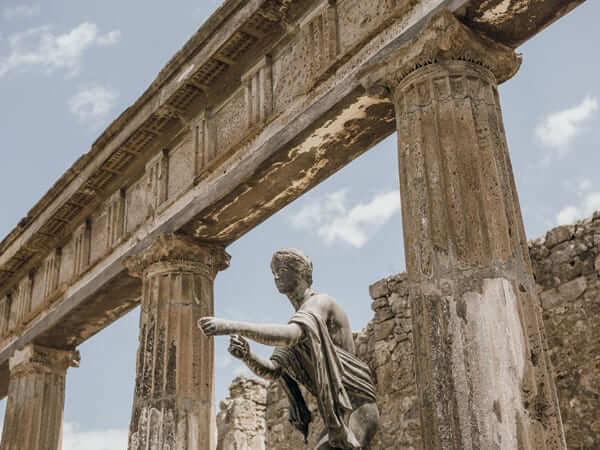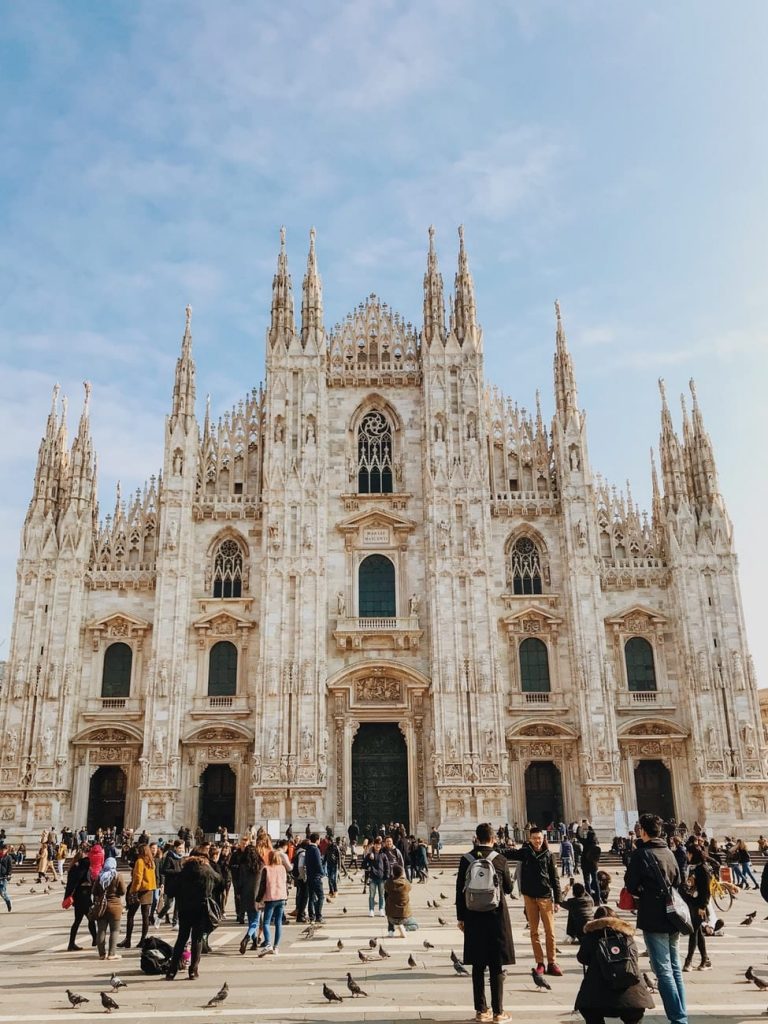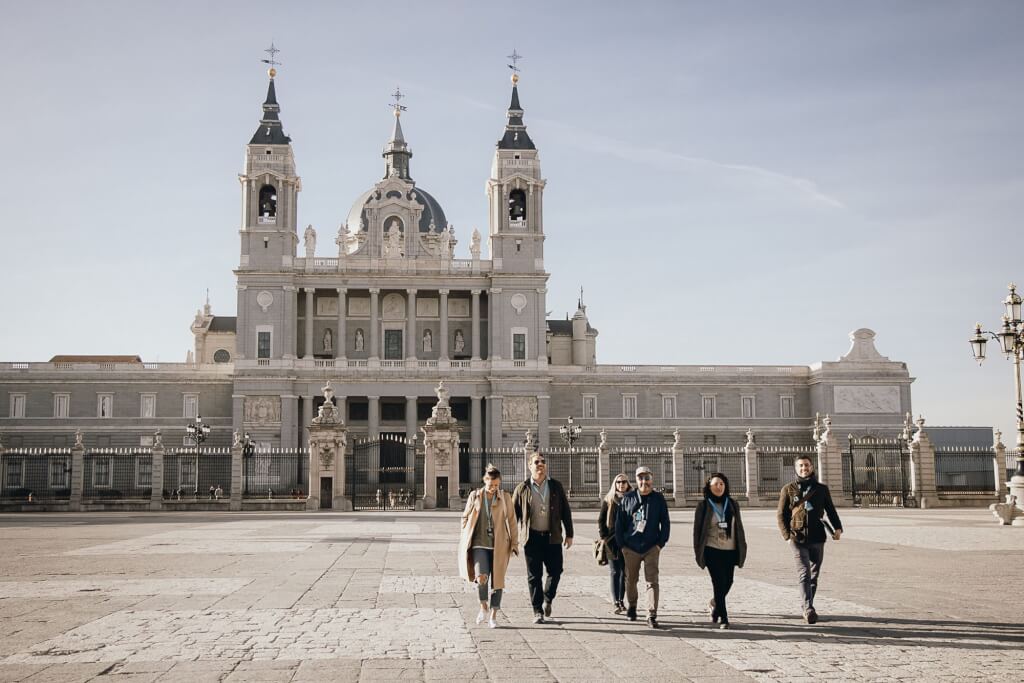
Sustainable Tourism in Italy: Preserving the Beauty for Future Generations
November 15, 2024
Italy, the land of unparalleled beauty, rich history, and exquisite cuisine, has long been a magnet for travelers worldwide. However, with the rise of environmental consciousness, the concept of sustainable tourism in Italy has gained momentum, urging us to explore and enjoy destinations while preserving their natural and cultural heritage.
In this comprehensive guide, we delve into sustainable tourism in Italy, exploring its definition, current state, green initiatives, and expert tips for traveling responsibly to places like Rome and the Vatican, Florence, Venice, and more!
Table of Contents
ToggleSustainable tourism definition

Sustainable tourism in Italy aims to minimize the negative impacts of travel to the many landmark sites in throughout the country. Photo credit: SK
Sustainable tourism, also known as eco-tourism or responsible tourism, aims to minimize the negative impacts of travel on the environment, culture, and economy of a destination while maximizing the benefits for local communities and ecosystems. It emphasizes principles of conservation, community involvement, and respect for local cultures.
In recent years, sustainable tourism has garnered significant attention and importance due to several factors. One major catalyst for this shift is the growing awareness of environmental issues such as climate change, deforestation, and loss of biodiversity. As travelers become more conscious of their ecological footprint, there is a rising demand for travel experiences that align with their values of environmental stewardship and conservation.
Additionally, there has been a growing recognition among governments, businesses, and tourism stakeholders of the need to address the negative impacts of mass tourism. Overcrowding, pollution, habitat destruction, and cultural commodification are some of the adverse effects associated with conventional tourism practices. Sustainable tourism offers an alternative model that seeks to mitigate these impacts through responsible planning, management, and consumption.
Facts and figures about sustainable tourism in Italy
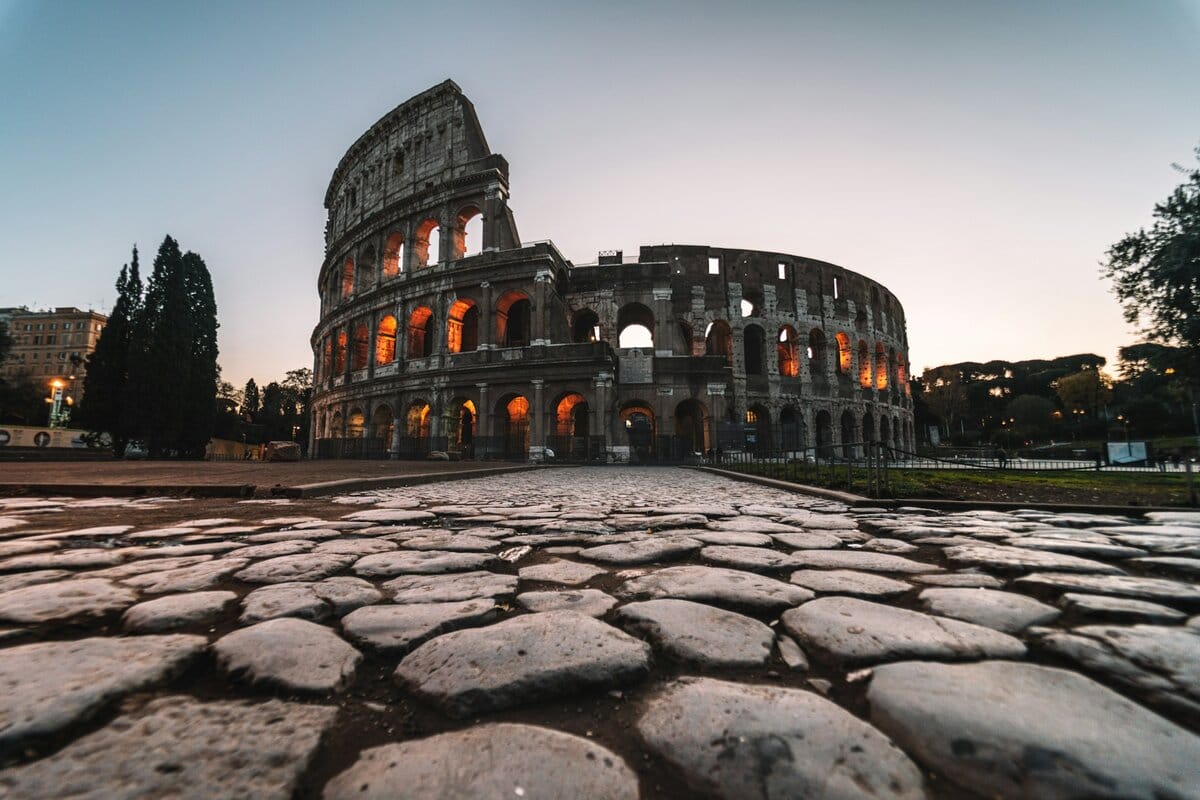
Italy is home to 55 UNESCO World Heritage Sites, including the world famous Colosseum in Rome. Photo credit: Federico Di Dio
Italy, with its diverse landscapes, cultural treasures, and historical landmarks, is a prime destination for sustainable tourism. According to the World Tourism Organization (UNWTO), Italy welcomed over 63 million international tourists in 2019, making it one of the most visited countries in the world.
However, this influx of visitors also poses challenges in terms of environmental degradation and overtourism, which is why there has been a concerted effort by the government, local authorities and other organizations to improve sustainable tourism in Italy.
To understand how sustainable tourism in Italy can be promoted in coming years, it’s important to be aware of what the country is like and how many visitors it receives on an annual basis:
- Over 60% of Italy’s land is mountainous, comprising the Alps and the Apennines, which are vital ecosystems supporting biodiversity.
- Italy boasts 55 UNESCO World Heritage Sites, including cultural landmarks like the Colosseum in Rome and natural wonders like the Amalfi Coast.
- Tourism contributes to approximately 13% of Italy’s GDP, highlighting its significance to the national economy.
However, the environmental impact of tourism cannot be overlooked. According to a report by the European Environment Agency, tourism accounts for around 5% of the country’s total greenhouse gas emissions, mainly due to transportation and accommodation, proving the need to step up attempts to provide more sustainable tourism in Italy.
Sustainable tourism in Italy: How to travel in an eco-friendly way

Traveling on public transport is one of the ways you can help promote sustainable tourism in Italy. Photo credit: Marco Chilese
Traveling sustainably in Italy involves making conscious choices that minimize your carbon footprint and support local communities. Here are some tips for eco-conscious travelers:
- Choose Eco-Friendly Accommodation: Opt for hotels, guesthouses, or agriturismi (farm stays) that have implemented sustainable practices such as energy efficiency, waste reduction, and local sourcing.
- Use Public Transportation: Italy boasts an extensive network of trains, buses, and ferries, making it easy to explore the country without relying on private cars. Trains, in particular, are an efficient and eco-friendly way to travel between cities.
- Embrace Slow Travel: Instead of trying to see everything in a short amount of time, slow down and immerse yourself in one region at a time. This not only reduces your carbon emissions but also allows you to experience the local culture more deeply.
- Support Local Businesses: Dine at family-owned trattorias, shop at local markets, and participate in community-based tours to support the livelihoods of residents and reduce the environmental impact of mass tourism.
- Reduce Waste: Carry a reusable water bottle, tote bag, and utensils to minimize single-use plastic consumption. Dispose of waste responsibly and participate in recycling programs whenever possible.
Green initiatives in Italy

Sustainable wine tourism is just one of a number of green initiatives aimed at promoting sustainable tourism in Italy.
There are currently a number of green initiatives aimed at promoting sustainable tourism in Italy and preserving its natural and cultural heritage. Some notable examples include:
- Italy Green Travel: This initiative encourages travelers to explore Italy’s lesser-known destinations and engage in eco-friendly activities such as hiking, biking, and wildlife watching.
- Sustainable Wine Tourism: Many wineries across Italy such as in Rome, Venice and Florence, have adopted sustainable practices in vineyard management, water conservation, and energy efficiency. Visitors can enjoy wine tours that highlight these eco-friendly efforts.
- Certified Eco-Friendly Accommodation: The Italian Touring Club (Touring Club Italiano) awards an “Ospitalità Italiana” certification to hotels and bed-and-breakfasts that meet strict sustainability criteria, including energy efficiency, waste management, and use of local products.
- Slow Food Movement: Originating in Italy, the Slow Food movement promotes the preservation of traditional culinary practices, local ingredients, and small-scale producers. Travelers can support this movement by dining at Slow Food-approved restaurants and attending food festivals.
Tips and advice from experts about sustainable tourism in Italy

Switching from paper vouchers to using barcodes on your mobile can have a big impact on the environment. Photo credit: Mika Baumeister
To gain insights into sustainable tourism in Italy, we consulted with experts in the field who work for Walks and have made significant efforts to make eco-friendly changes.
One such tourism expert, Riccardo Bettella, Senior Central Ops Manager, said: “Here in Venice, we stopped printing vouchers for attractions that utilise a barcode scanner and encouraged our guides to use those vouchers through their smartphones. It was a successful changeover – even the more ‘technophobic’ guides agreed with it!
“Our coordinators don’t print the client list any longer for “easy” coordinations – they used a special easy-to-use coordinator portal Walks has developed on their phones! That’s one small step for man, one giant leap for mankind!”
What does Walks do to promote sustainable tourism in Italy?

Here at Walks, we promote local food and wine vendors on our tours. Photo credit: Priscilla Du Preez
Here at Walks, we are aware of our role in promoting sustainable tourism in Italy and across all the destination we operate in. As an example of what we do to promote that, here are just a few examples of what we do in terms of supporting eco-tourism:
- Operating in small groups: The average group size of a Walks tour is about 15!
- Employing local tour guides… who offer a real connection to the history and culture of an area.
- Offering an alternative take on well-known attractions: Many of our tours take place outside normal hours (such as the Premium Colosseum Tour and After-hours at St. Mark’s Basilica)
- Promoting local food and wine vendors: Our local food and wine tours and cultural experiences, like our famous pasta making classes, encourage people to go off the regular tourist trail and to try new ingredients and local produce offered by local merchants.
- Using the latest technologies: Our offices are moving towards being paper-free workplaces – and there are other inventive ways we’re going paper-free on the ground.
- Giving back to the community: Walks has supported local charities, restoration efforts, and sustainable travel organizations in many of our destinations. Some of these include: American Institute For Roman Culture, Equovento, Fondation Patrimoine for Notre-Dame, The Metropolitan Museum of Art, and The Victorian Alliance of San Francisco.
In conclusion, sustainable tourism in Italy is not just a trend; it’s a commitment to preserving the country’s natural beauty, cultural heritage, and way of life for generations to come.
By embracing responsible travel practices, supporting local initiatives, and experiencing Italy’s wonders at a slower pace, travelers can leave a positive impact on the environment and contribute to the sustainable development of this timeless destination.
So, let’s embark on this journey together, treading lightly and leaving only footprints behind. Buon viaggio!
by Karen Birney
View more by Karen ›Book a Tour

Pristine Sistine - The Chapel at its Best
€89
1794 reviews
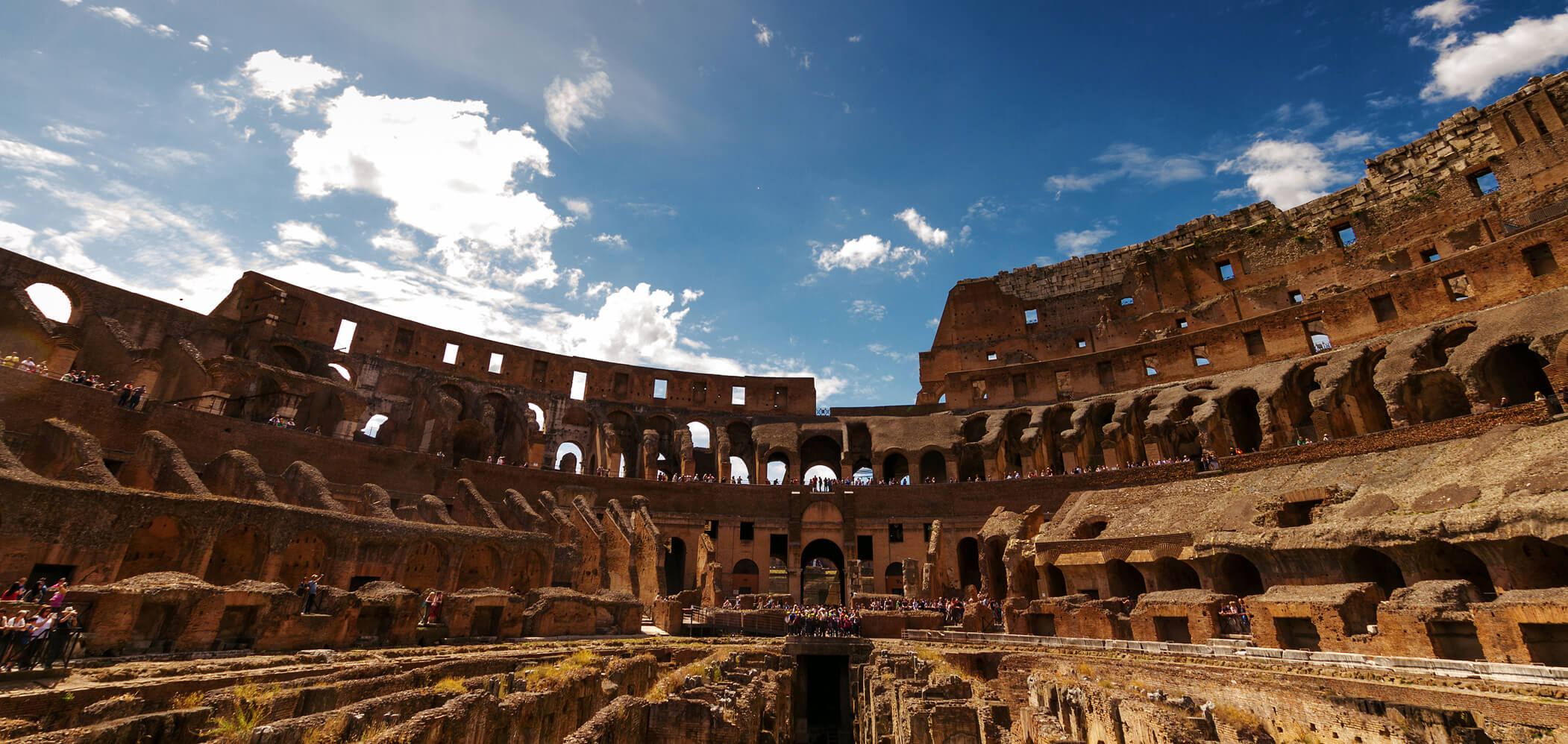
Premium Colosseum Tour with Roman Forum Palatine Hill
€56
850 reviews

Pasta-Making Class: Cook, Dine Drink Wine with a Local Chef
€64
121 reviews

Crypts, Bones Catacombs: Underground Tour of Rome
€69
401 reviews
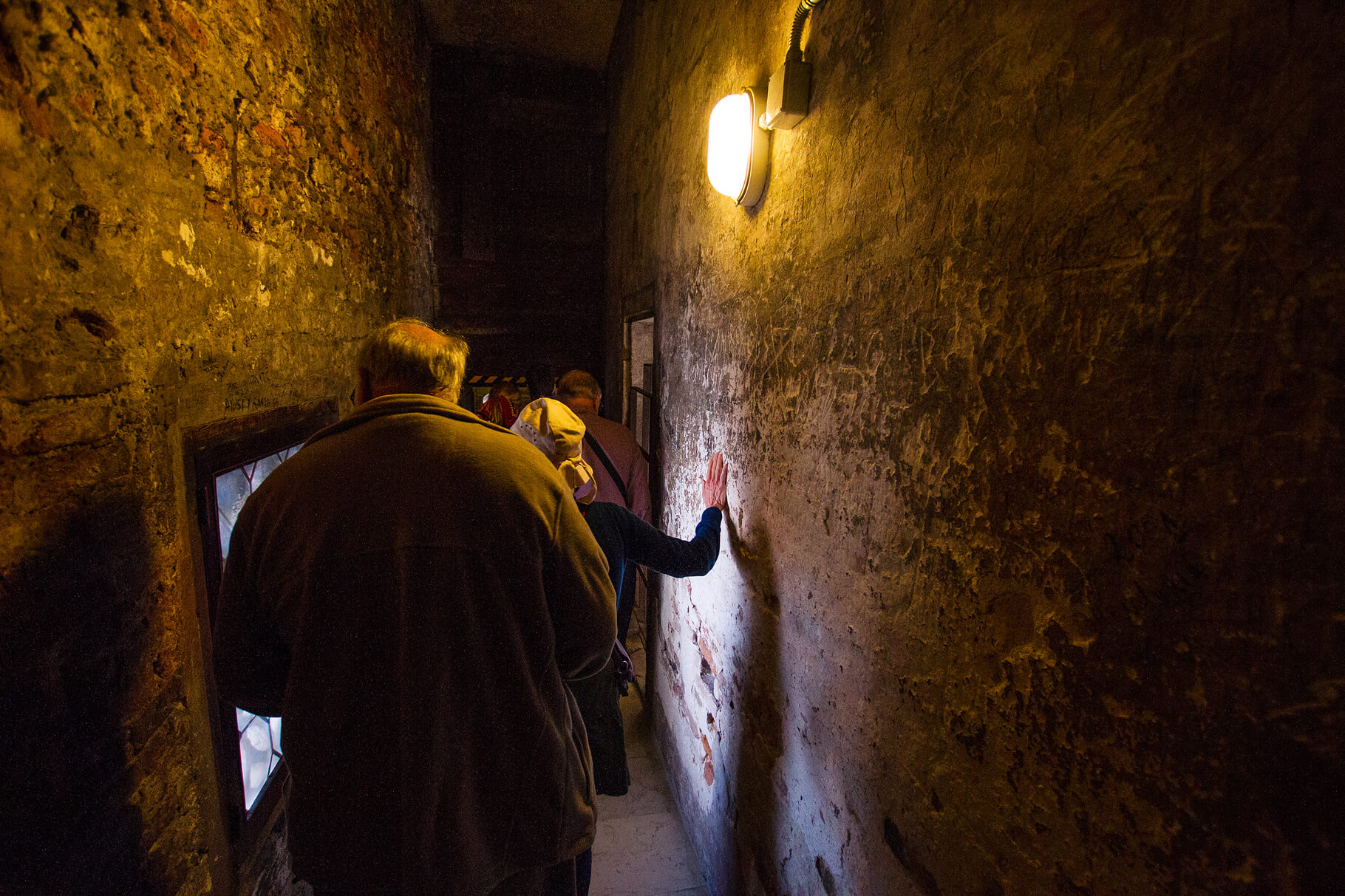
VIP Doge's Palace Secret Passages Tour
€79
18 reviews
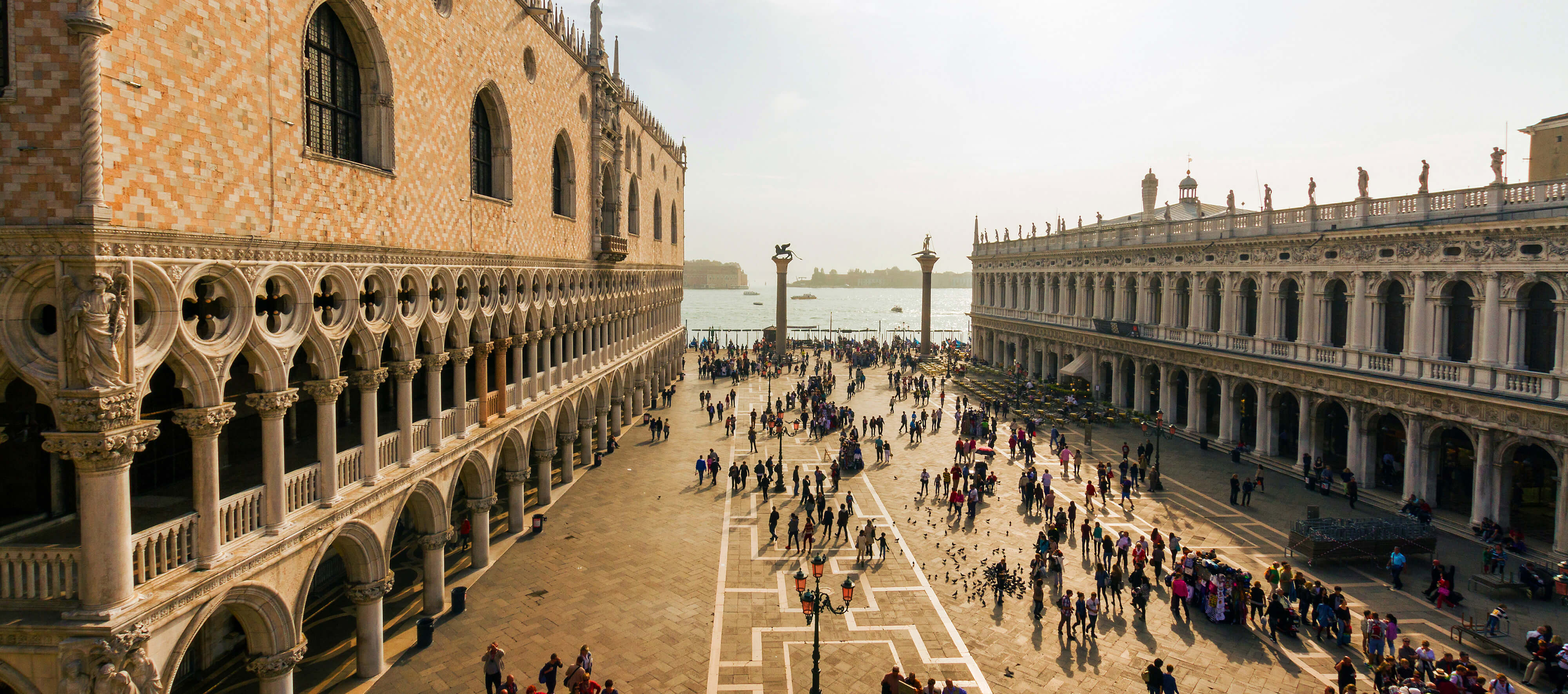
Legendary Venice: St. Mark's Basilica, Terrace Doge's Palace
€69
286 reviews




